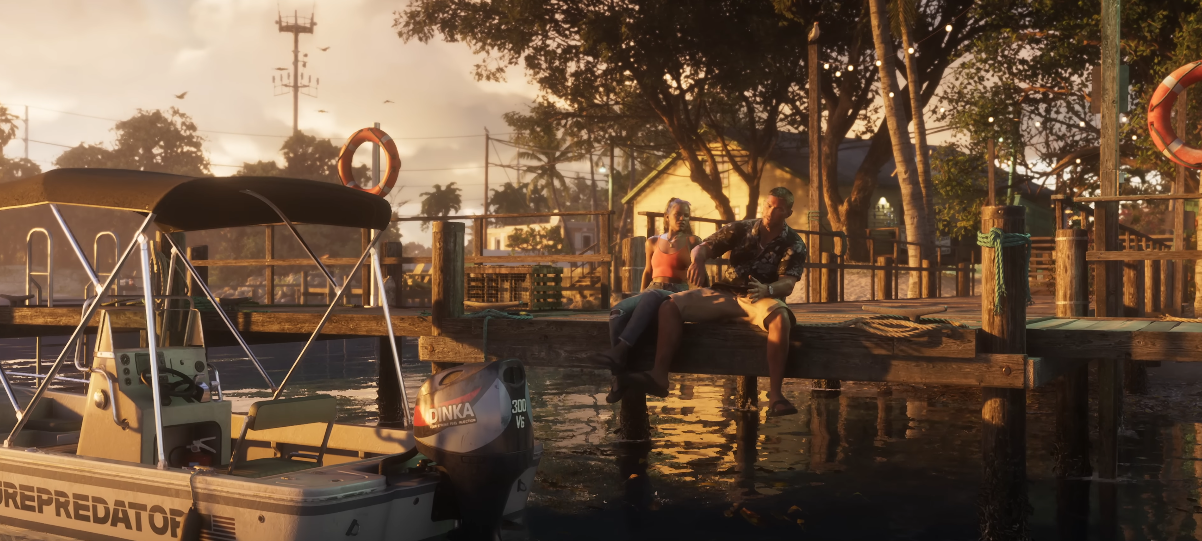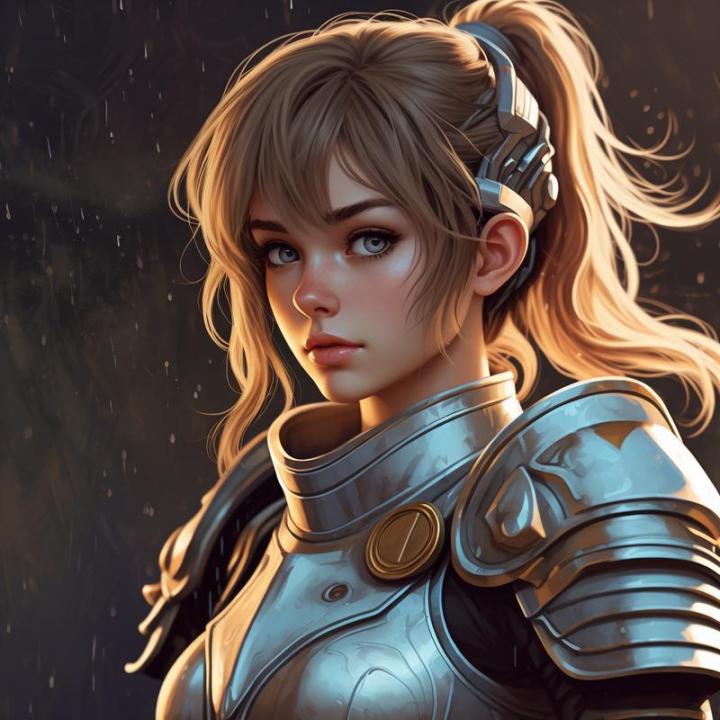Notifications

11 minutes, 8 seconds
-14 Views 0 Comments 0 Likes 0 Reviews

To grasp the significance of Grand Theft Auto VI (GTA 6), one must first come to terms with the unprecedented cultural and commercial juggernaut that was its predecessor. Grand Theft Auto V (GTA 6 Money) didn’t merely succeed—it reshaped expectations. With over 185 million units sold and a sprawling online component that evolved into a multi-billion-dollar enterprise, GTA V redefined what it meant to build a living, breathing open-world sandbox. Its sprawling city of Los Santos wasn’t just a map—it was a phenomenon, a proving ground, a stage for stories both scripted and improvised. For many, it was a second home.
So, when Rockstar Games, known for its perfectionism and narrative ambition, confirmed that GTA 6 was in development, it wasn’t just another game announcement. It was the ignition of global anticipation. For a decade, Rockstar had coasted—albeit successfully—on the momentum of GTA Online. But fans never stopped asking: What’s next? Now, as the curtain begins to lift on GTA 6, we are beginning to understand the shape of that answer. And if early indications are correct, Rockstar isn’t just aiming to surpass its past—it’s aiming to reinvent the open-world genre again.
The Weight of Expectation
Rarely does a game enter development under this much scrutiny. Every rumor, leak, and teaser related to GTA 6 has been dissected, debated, and devoured by a community starved for something new. Yet Rockstar remains largely silent, revealing only what it wants, when it wants—a luxury it can afford thanks to its pedigree.
GTA 6 doesn’t just have to be a great game; it has to evolve the franchise in a post-GTA V world. The bar isn’t just set high—it’s hovering in the stratosphere. After all, we’re no longer in the same landscape we were in 2013. Open-world games have changed. The Witcher 3, Red Dead Redemption 2, Cyberpunk 2077 (post-repair), Elden Ring, and Tears of the Kingdom have each raised the standard in various ways. GTA 6 must be a response to this new frontier.
A New Setting, A New Tone
The most confirmed detail, thanks to both leaks and official announcements, is GTA 6’s setting: a return to Vice City, Rockstar’s neon-soaked reimagining of Miami. But this is not the nostalgic parody of the 1980s we saw in GTA: Vice City—this is Vice City evolved, modernized, and recontextualized for today’s world.
The choice is strategic. Miami is a city of contrasts: sun-drenched beaches and dangerous back alleys, pastel mansions and storm-battered slums, influencer culture and real-world crime. It offers Rockstar the chance to explore new narratives rooted in modern capitalism, digital fame, racial tension, environmental collapse, and the opioid epidemic—topics ripe for the studio’s signature satirical lens.
But more than its setting, the tone of GTA 6 appears to be shifting. Leaks have suggested a more mature, perhaps even more grounded, storytelling approach. Early footage has shown characters exhibiting more nuanced emotions, suggesting Rockstar may lean further into the character-driven narrative success it found with Red Dead Redemption 2.
The Dual-Protagonist Dynamic
One of the most exciting innovations rumored for GTA 6 is the introduction of a dual-protagonist system, featuring a male-female duo reportedly inspired by the infamous real-life criminals Bonnie and Clyde. If true, this marks the first time a female protagonist will headline a mainline GTA title—a long-overdue move that could dramatically reshape the narrative dynamic.
Rockstar has already shown its proficiency in juggling multiple protagonists in GTA V, where Michael, Franklin, and Trevor gave players different perspectives on the same world. With GTA 6, the dual-lead approach could offer something even richer: a deeply entwined relationship narrative, where player choices and character chemistry are central to how the story unfolds.
Such a system would not only elevate storytelling but also gameplay design, offering asymmetric missions, varied skill trees, and divergent playstyles. It opens the door for truly organic mission structure—think “heist plans” that unfold differently depending on who’s in control, and character arcs that evolve through their interaction with each other.
Next-Gen Technology, Real-World Immersion
GTA 6 is being built with Rockstar’s updated RAGE engine, which powered the breathtaking realism of Red Dead Redemption 2. This engine upgrade is more than just graphical polish; it underpins how the world reacts, breathes, and evolves.
Expect hyper-detailed NPC behavior, dynamic weather systems, and real-time environmental shifts. Leaked footage already shows more fluid animations, realistic traffic systems, and enhanced AI routines that suggest the world won’t just be beautiful—it’ll feel alive. A clerk might remember you robbing them. A police force might learn your patterns over time. The days of “reset after mission” gameplay may be replaced by persistent consequence systems.
This deeper immersion also points toward Rockstar’s growing ambition in simulation fidelity. If Red Dead Redemption 2 was about crafting a living world in the 19th century, GTA 6 appears to be about simulating the complex mechanics of modern life—whether that’s cryptocurrency, social media clout, or gig economy hustles .
Evolving Online Play
While single-player fans have much to look forward to, GTA 6’s online component is inevitably poised to be the next evolution of GTA Online—a service that has generated billions for Rockstar and kept players hooked for years. But it can’t just be “GTA Online 2.0.” The community demands more.
Imagine a living online world that changes over time—seasonal events with real narrative weight, faction-based power struggles, persistent housing and economy systems, and deeper character customization beyond cosmetic skins. Rockstar has likely been studying competitors like Fortnite, Destiny, and Call of Duty: Warzone, understanding how to marry narrative with evolving multiplayer spaces.
And there’s hope that Rockstar will finally bridge the gap between single-player and online in a meaningful way—where progress in one mode feeds into the other, where characters can exist across both realms, and where the player isn’t forced to choose between narrative depth and social chaos.
A Cultural Mirror
At its core, Grand Theft Auto has always been a satirical mirror to American culture—exaggerating its excesses, skewering its politics, and mocking its moral contradictions. GTA 6 enters a world more chaotic and polarized than ever. In an age of TikTok fame, billionaire space races, social media wars, and climate disasters, Rockstar has no shortage of material.
But satire has changed. Audiences are more aware, more critical, and more divided. The challenge will be walking the line between biting commentary and cultural insensitivity. Rockstar’s writers will need to evolve their humor—not tone it down, but sharpen it—to land the same kind of punch that GTA: San Andreas and GTA V once did.
And perhaps that’s where GTA 6’s true strength will lie: not in simply mocking the world, but in forcing us to confront it—through characters, systems, and stories that reflect both our dreams and our delusions cheap GTA 6 Items.
The Road Ahead
The hype surrounding GTA 6 isn’t just about the next entry in a beloved series. It’s about the future of the open-world genre, the evolution of interactive storytelling, and the question of how far games can go as cultural commentary.
Will GTA 6 live up to the weight of its legacy? That remains to be seen. But one thing is certain: Rockstar isn’t building a sequel. It’s building a statement—an assertion that it still sets the standard, not follows it.
And in a world where games have become both escape and reflection, GTA 6 has the potential to be both a masterpiece of design and a defining cultural artifact. The city may have changed. The rules may be new. But the ambition? That’s classic Rockstar—limitless.

